Bullsnakes are large reptiles that are considered a subspecies of gopher snake. Though they are long, and can be quite intimidating when threatened, they are not venomous.
Instead of venom, this snake uses constriction to kill its prey. While constriction can be dangerous to small mammals, these reptiles do not grow long enough to pose a danger to humans. Read on to learn about the bullsnake.
Description of the Bullsnake
These snakes are quite long, and the average adult ranges between 4 – 6 ft. in length. The longest specimen ever recorded was 8′ 2″, but finding individuals this size is unusual. Their base color is normally yellow, and they have patterns/blotches of black, brown, white, or red. A number of different color morphs have been identified, including albino and white variations of the standard color.
Interesting Facts About the Bullsnake
These harmless snakes are relatively well known for their bad attitude. When confronted they grow very agitated, and will hiss and puff up if they cannot escape easily. This scary behavior leads to a lot of persecution for this harmless reptile.
- Welcome Houseguest – Ok, while you might not want one in your house, bullsnakes should be welcome on your property. Mice and rats are some of their favorite prey, and these snakes are even known to prey on other snakes – possibly even young rattlesnakes! Want to avoid finding rattlesnakes on your property? Then keep that bullsnake around!
- Mistaken Identity – Speaking of rattlesnakes, bullsnakes are sometimes mistaken for this venomous species. Unfortunately, mistaken identity can result in death for harmless snakes. Because this species has a similar pattern to some rattlesnake species, they are sometimes killed.
- Bite Danger – While on the topic of killing venomous snakes, it’s important to mention that many people underestimate the reach of a snake! This is why numerous people are bitten every year while trying to kill a venomous snake. In most cases, venomous or not, snakes will safely retreat when given the opportunity.
Habitat of the Bullsnake
This species appears to prefer arid regions to areas of high humidity and rainfall. They can be found in coniferous forest, farmland, woodlands, and grasslands. As they are a subspecies of gopher snake, they commonly live in burrows underground. This species will either dig its own burrow, or usurp the burrow of an unfortunate rodent.
Distribution of the Bullsnake
These snakes are native to North and Central America. They can be found in the central United States, particularly across the Great Plains. In Canada, their range stretches from Saskatchewan to British Columbia. They can also be found in parts of northern and central Mexico.
Diet of the Bullsnake
This carnivore will feed on a wide variety of small animals. Rats and mice make up a large percentage of their diet, but they will also prey on moles, rabbits, ground squirrels, small gophers, lizards, frogs, birds, and eggs. They use constriction to kill their prey before swallowing it whole.
Bullsnake and Human Interaction
Humans frequently mistake this species for rattlesnakes. Because rattlesnakes are venomous, this results in bullsnakes being unnecessarily killed. Habitat destruction also poses something of a danger to this species, but they can thrive in farmland environments, particularly because of the density of rodent prey.
Domestication
These snakes are bred in captivity, but they have not been domesticated in any way.
Does the Bullsnake Make a Good Pet
This species is a difficult pet, and not recommended for beginners. They are known for a rowdy temperament, and require frequent handling to properly tame them. It is more likely that this species will bite you than some other species.
Bullsnake Care
This species can grow quite large, and requires an equally large habitat. They should be kept in an enclosure at least 8 ft. x 4 ft. in size. It is also important to provide an appropriate substrate for digging, and plenty of hiding places.
Clean water should be provided at all times, and the container should be large enough for the snake to soak in if desired. They should also be kept in a consistent temperature range and humidity level based on the recommendation of your veterinarian or breeder.
Behavior of the Bullsnake
This species is solitary, and usually hunts alone. They have been known to hibernate with other snakes, including garter snakes, milk snakes, and more. This species is most active during the day, particularly in the early morning, late afternoon, and dusk. When confronted, this species is famous for being particularly defensive. They flatten their bodies, hiss, and shake their tails in an attempt to ward off potential predators.
Reproduction of the Bullsnake
These snakes reproduce in March and April, and lay eggs between April and June, depending on the geographic location. The eggs are deposited in the sand, and the female lays approximately 12 eggs per clutch. Nests begin hatching in August and September, and the hatchlings are fully independent at birth. The young snakes can be quite large, and usually range from 8 – 18 in. in length.

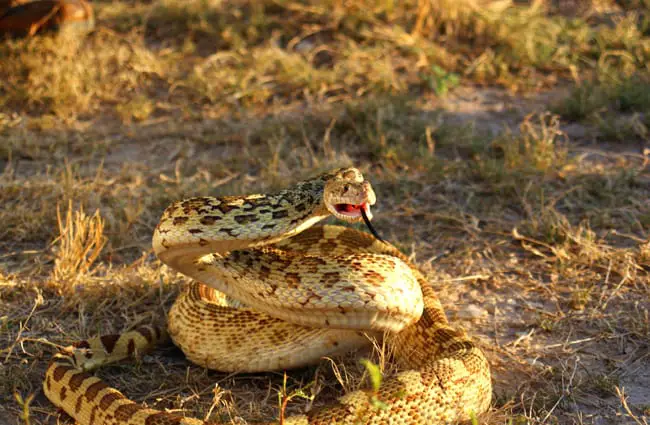
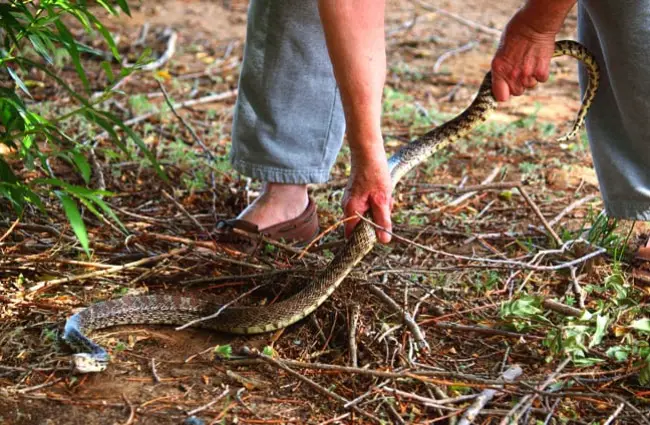
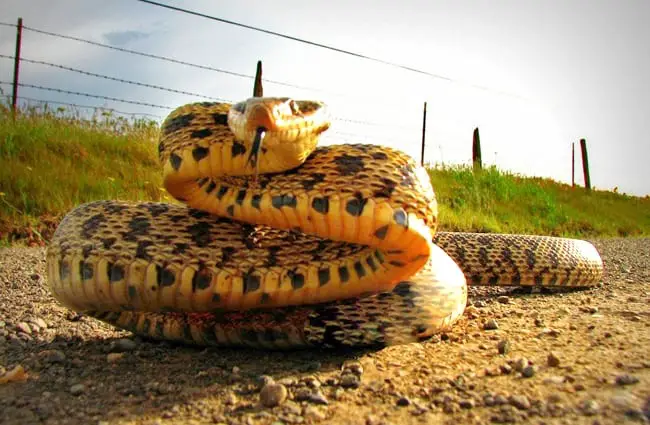
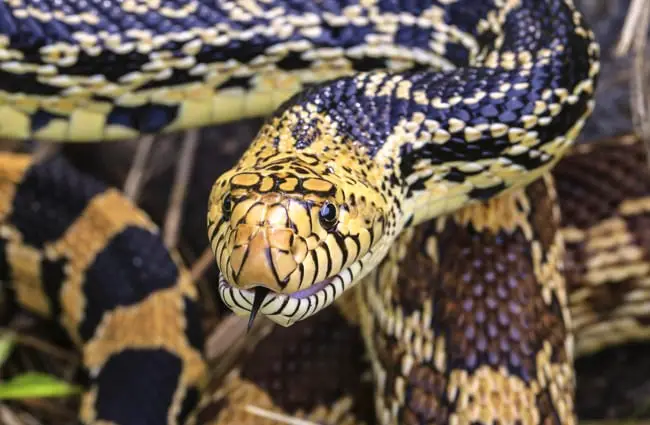
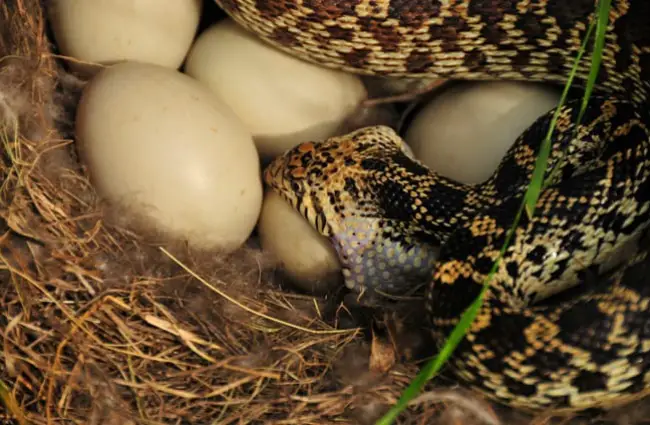





![Red Angus Closeup of a beautiful Red Angus cowPhoto by: U.S. Department of Agriculture [pubic domain]https://creativecommons.org/licenses/by/2.0/](https://animals.net/wp-content/uploads/2020/03/Red-Angus-4-238x178.jpg)












![Red Angus Closeup of a beautiful Red Angus cowPhoto by: U.S. Department of Agriculture [pubic domain]https://creativecommons.org/licenses/by/2.0/](https://animals.net/wp-content/uploads/2020/03/Red-Angus-4-100x75.jpg)

